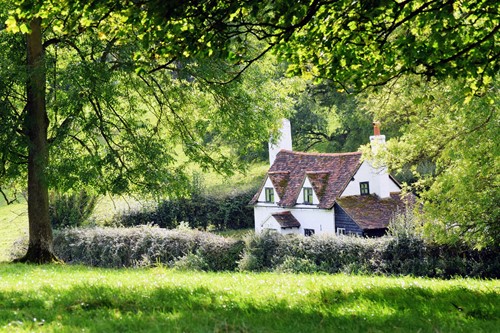
If you’re fantasizing about a dream cottage house, you might be interested in the variety of styles, shapes and sizes cottages come in. While there are many more options than you might think, all cottage style homes feature some of the same key elements.
Here is a short guide to the defining characteristics of cottage house plans:
Architectural elements
Cottage houses come in a wide variety of styles based on era and region-specific traditions. However, even modern cottage homes share some of the same key similarities. Some examples of exterior architectural elements include:
- Thatched & gabled roofs.
- Half-timbered walls.
- Stucco.
- Bay windows.
- Stacked chimneys.
Size
Property size is crucial to defining a cottage house. The homes themselves tend to be lower square footage than other styles, making the house a cozy dwelling nestled within the natural landscape.
While modern and contemporary cottage homes boast more square feet than their traditional counterparts, the house plans and decor remain quaint and charming to maintain the cozy aesthetic.
Gardens
No cottage house plan would be complete without a garden. Traditional English cottages are one of the best examples of this defining feature, so much so that English cottage gardens make up their own style of landscaping design.
Cottage home gardens should be abundant and overgrown landscapes full of a mix of flowering and edible plants. Meandering stone or gravel pathways often lead from a small gate to the front door. Climbing roses and other flowering vines cover fences, arbors and even the home’s facade to further integrate the structure into the natural surroundings.
Cottage house plans are perfect for homeowners seeking a cozy escape from the hustle and bustle of modern life. With these key elements in mind, you’ll be able to better recognize a cottage home and incorporate aspects of their house plans into your own living space.
About the Author

James E. Cumisky
James Cumisky, your number one source for East Quogue, Remsenburg, Westhampton, Westhampton Beach, Quogue, Hampton Bays, Southampton Real Estate, and surrounding towns.